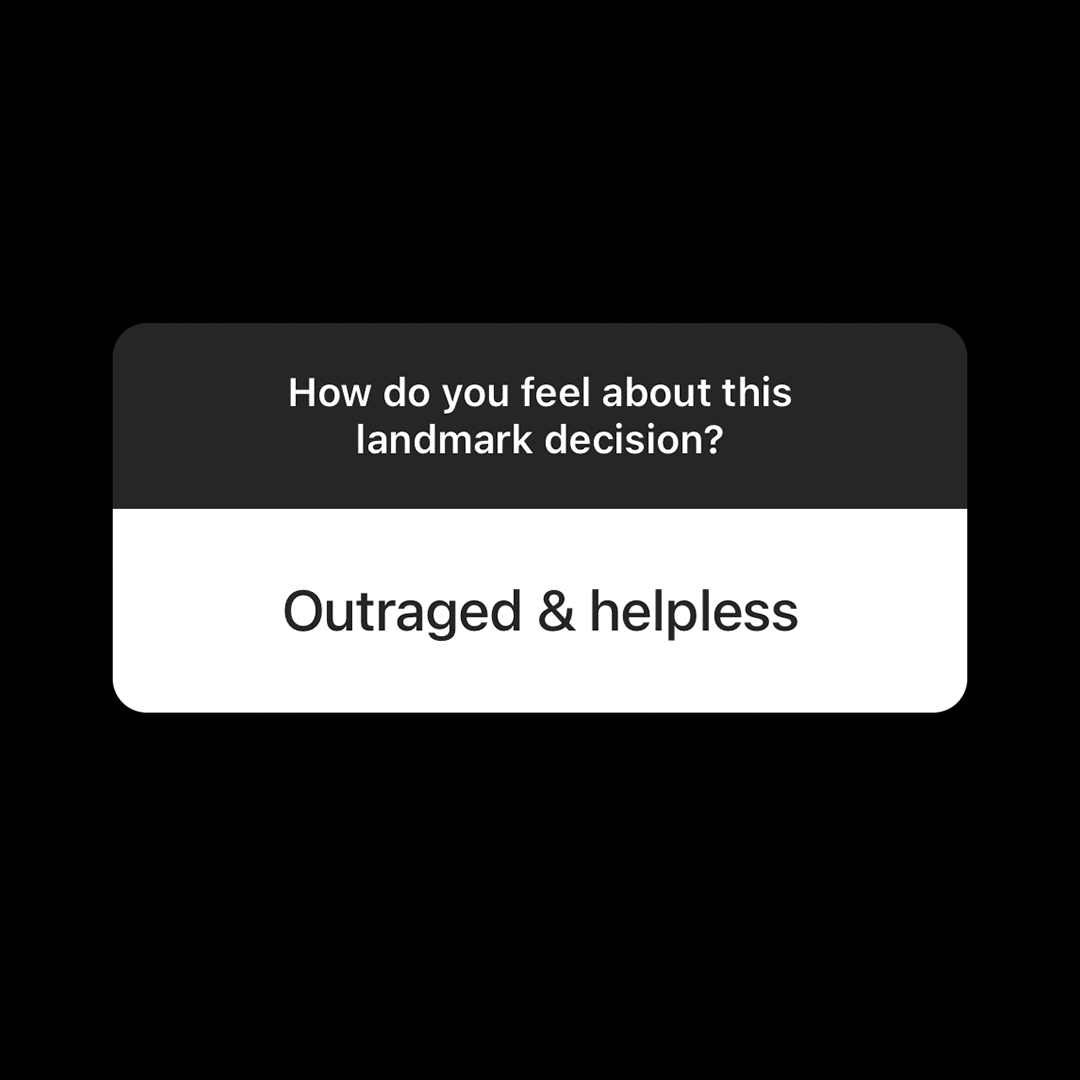Dr. Michael Morrisey, Ph.D., professor emeritus of health care organization and policy, spoke on the future of healthcare if the ACA is overturned by the Supreme Court in a seminar sponsored by the Blue Cross Blue Shield of Alabama Endowed Chair in Health Economics on Monday.
Here you can see the timeline that brought the case to SCOTUS and Morrisey’s predictions on the possible outcomes of the hearing. To see the entire discussion you can watch the panel here.
On Tuesday the Supreme Court will hear arguments about the constitutionality of the Affordable Care Act, also known as Obamacare, for the third time in California v. Texas. Here are some quick facts about the ACA from the original law through the possible outcomes of the SCOTUS decision.
What is the original Affordable Care Act?
- The ACA mandated health insurance coverage for everyone.
- Stopped insurance companies from using pre-existing conditions as a reason to deny coverage or offer inflated rates.
- Created a penalty that was as much as 2% of one’s annual income for those who did not have insurance through employers, the ACA, or Medicare/Medicaid in order to level the prices between the sick and healthy.
- Subsidized monthly premiums for health insurance to a percentage of annual income.
- Expanded Medicaid by requiring all states to maintain the federal matching funds.
- 10 essential benefits that must be included in basic plans (includes hospital care, maternity care, and doctor’s office visits).
What has changed about the ACA?
- 2012: SCOTUS ruled the mandate is constitutional by Chief Justice Roberts construing it to be linked to the penalty as a tax.
- 2017: Congress set the penalties to $0 and 0% of income because even with them they did not accomplish the original goal.
- 2018: A district court held that the mandate is unconstitutional and non-severable, making the entire law unconstitutional, after Texas and 17 other states along with 2 individuals brought a case over the lack of tax (because it was $0).
- 2019: The Fifth Circuit Court upheld the district court ruling but sent it back to the district court to determine severability following California and 20 other states’ appeal. Severability is the decision of whether the invalid provision (in this case the penalty) alone can be removed from the law or if the other provisions (the mandate) linked to the one in question should also be removed.
- 2020: California and the other states appealed to the Supreme Court over the case of severability and hearings begin Tuesday.
Morrisey offered some potential outcomes for the ACA following the SCOTUS hearing. Keep in mind the actual decision may not come until June 2021.
Outcome 1: The entire law is unconstitutional.
- The court could rule that since there is no penalty, there is no link to the mandate. This would make the mandate unconstitutional.
- Getting rid of the mandate also gets rid of essential benefits (…), subsidies, and the protections for pre-existing conditions.
Outcome 2: The ACA is constitutional and stays the same
- SCOTUS maintains that there is no penalty but use Chief Justice Roberts’s conclusion in 2012.
- It is a tax but change it from $0 outright to making it a mass exclusion.
- There are already people who were exempt from the penalty while facing the mandate– those who do not make enough to file federal income tax couldn’t be penalized.
- Expand the excluded groups to everyone.
Outcome 3: The ACA is constitutional because plaintiffs have no standing.
- Standing is determined through whether the plaintiff was harmed, if they were harmed it has to be caused by the law, and if the harm is redressable.
- Plaintiffs argue that the harm is sustained by way of saying they want to be law-abiding, therefore must buy coverage despite the penalty being $0. They then go to buy coverage but it’s more expensive (because of the pre-existing conditions provision) and more comprehensive than they want (because of the 10 essential benefits).
- The court can say the plaintiffs have no standing because they haven’t been harmed or the harm is not caused by the law directly, which gets the case thrown out.
Outcome 4: The ACA only has unconstitutional elements removed.
- The general preference of the court is to save a law, not to strike it down.
- The unconstitutional part can be removed and the rest can be left in.
- The ACA has operated without a penalty since 2017.
- Allow people to buy coverage not limited by the conditions of the ACA when outside of the exchange market.






































